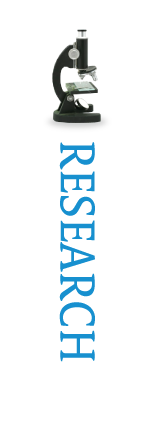-

The results of the Research Agenda 2008-2012 through a selection of expertises of the Cultural Heritage Agency of the Netherlands.
-
Expertise
 Reading modeshare
Reading modeshareHow we perceive and interpret an object is determined by the properties of the object together with the place and circumstances under which we view it.

Objective or physical characteristics such as shape, size, colour, texture and gloss combine with subjective qualities such location, one's mood, knowledge, experience, etc., to determine how do we 'see', interpret and value an object.Two types of research
Conservation research is thus traditionally divided into two parts. On the one hand, scientists conduct technically 'objective' research, for instance into the chemical composition of paints, dyestuffs and objects, or into physical properties as reflectance spectra, surface texture and gloss. On the other hand, art historians and conservators conduct 'subjective' research into the impact of treatments on the appearance of objects, the ethical question of whether one should or should not perform a treatment, into the context of objects and into the story behind an object.
Object in Context builds a bridge
The Object in Context programme was designed to bridge the gap between these two traditional areas of research and to fuse them together into one integrated research process.
- With the 'Surface and perception' project, both technical and perception research was conducted to investigate various treatments of photos.
- With the projects on Victory Boogie Woogie and Van Gogh's studio practice, it became clear how Mondrian and Van Gogh thought and worked through the combination of art history and technical research.
- With contemporary art projects, the experiences of living artists were integrated with technical and art history research to develop conservation strategies for the future.
Treatment and perception
Socratic dialogues with the field on the ethics of conservation and restoration deepened the discussion on 'objectivity', 'subjectivity' and context still further. Decisions about whether or not to treat an object, and if so how, are complex processes in which technical, aesthetic, and ethical issues all take part. This subject will remain for the time being on the agenda at the RCE, because these questions play essential roles in the conservation and restoration of modern and contemporary art.












